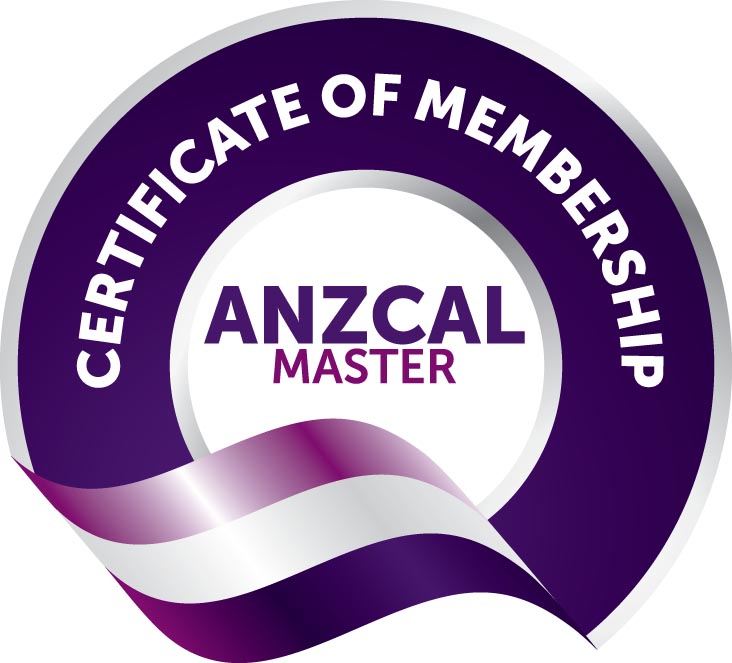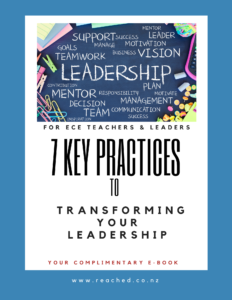Teaching can be a rewarding yet demanding profession. Between managing lesson plans, addressing student needs, and meeting administrative expectations, it’s easy to feel overwhelmed. However, practicing gratitude can shift your mindset, improving not just your emotional well-being but also your effectiveness as a teacher.
Why Gratitude Matters in Teaching
Gratitude isn’t just a feel-good concept or a fleeting emotion —it’s a powerful tool for resilience and positivity that can improve your perspective in teaching.
Research shows that practicing gratitude can rewire the brain to focus on the positive aspects of life, reducing stress and promoting emotional health.
For teachers and leaders, gratitude helps reframe challenges. Instead of fixating on struggles —gratitude allows you to recognize what’s working. This mindset not only alleviates stress but also enhances your ability to engage meaningfully with students, colleagues and your work.
Simple Gratitude Practices to Try
Gratitude doesn’t require major lifestyle changes. Here are a few practical, time-efficient strategies to incorporate into your daily routine:
- Daily Gratitude Journaling
Dedicate five minutes a day to write down three things you’re grateful for. These can be as simple as a moment of laughter in the classroom or a supportive conversation with a colleague. Over time, this practice trains your brain to seek out and savour positive moments. - Gratitude Notes
Take a moment to acknowledge others. Write a quick thank-you note to a student who showed effort, a colleague who supported you, or even a parent who offered kind words. These gestures not only boost your own mood but also strengthen your relationships. - Reflecting on Wins
Teaching is full of small victories—acknowledging them can be transformative. Did a student finally understand a tough concept? Did you navigate a difficult conversation with professionalism? Recognize and celebrate these moments as evidence of your impact. - Gratitude Walks
During breaks or after school, take a short walk and mentally list things you’re thankful for. It could be the warm sunshine, a kind student interaction, or simply the quiet time to reflect. This combines physical activity with mindfulness, amplifying the benefits of gratitude.
The Long-Term Impact of Gratitude
Practicing gratitude regularly can lead to profound changes in your teaching experience:
- Enhanced Resilience: Teaching is filled with ups and downs. Gratitude equips you with the emotional resilience to handle challenges while staying focused on your purpose.
- Improved Relationships: When you regularly express appreciation, you build stronger connections with students, colleagues, and parents. Gratitude fosters trust and goodwill, creating a more positive work environment.
- Renewed Passion for Teaching: Gratitude helps you reconnect with the reasons you entered the profession. It highlights the joys of teaching—big and small—and combats burnout by nurturing a sense of fulfillment.
Getting Started with Gratitude
Begin small. Start with a journal or set reminders on your phone to reflect on moments of gratitude throughout the day. Encourage your students to join you by integrating gratitude exercises into your classroom, such as a “thankfulness circle” or a weekly gratitude wall.
By cultivating gratitude, you’re not just enhancing your own well-being—you’re role modelling emotional intelligence and positivity for your students. In turn, this creates a ripple effect of kindness and appreciation throughout your classroom.
Why Gratitude Matters
Gratitude shifts your focus from what’s lacking to what’s working, boosting positivity and reducing stress.
Gratitude is not just a practice; it’s a perspective. With consistent effort, it can transform your teaching journey, helping you thrive in both your personal and professional life
Simple Gratitude Practices
- Daily Journaling: Write down three things you’re grateful for each day.
- Gratitude Notes: Thank a colleague or student for their efforts.
- Reflect on Wins: Celebrate small victories in your teaching journey.
Over time, practicing gratitude can transform your mindset and rekindle your passion for teaching.
© Gaynor Clarke, January 2025
Don’t wait to take care of yourself. Your wellbeing matters. Enrol in our course today:
Teacher Wellness First: A Wellbeing Guide for Early Childhood Leadership Success
Gaynor Clarke
B.Ed (Teaching), Cert Tertiary Teaching, PGDip Ed, MEd Leadership
Reach. Teach. Lead.
Reach Education Ltd
Teacher Leadership Mentoring and Life Coaching. Personal and Professional Development.
Gaynor is a teacher educator and mentor facilitating personal & professional leadership wellbeing outcomes for teachers.
If you are an early childhood teacher or leader looking to enhance your leadership skills, I would love to work with you. As a leadership mentor and coach, I specialize in helping early childhood educators develop their leadership potential and make a positive impact for the ākonga they serve. If you are interested in learning more about my leadership mentoring services, please visit my website or contact me directly to schedule a consultation. I would love to work with you!








Leave a Comment
You must be logged in to post a comment.